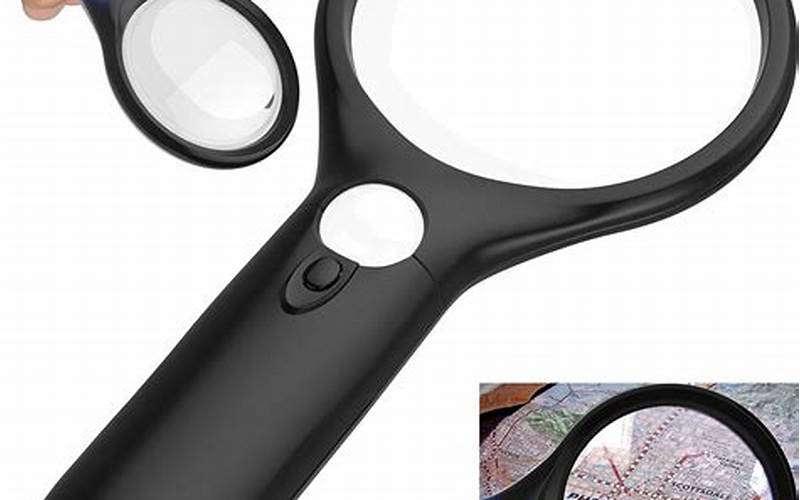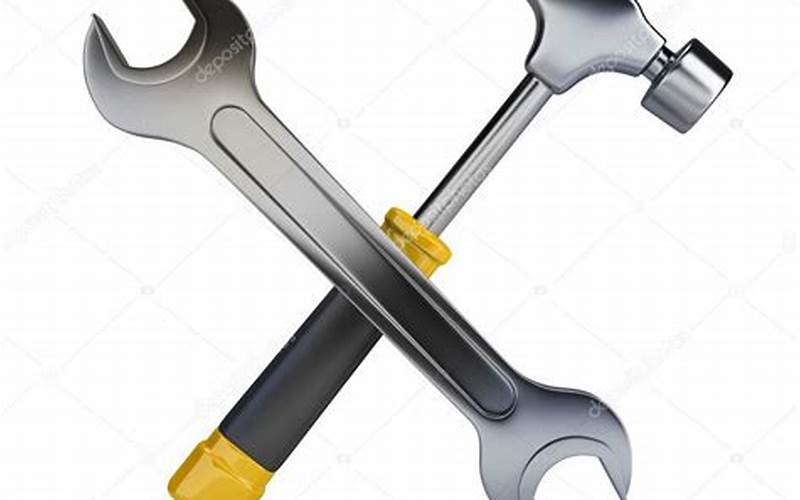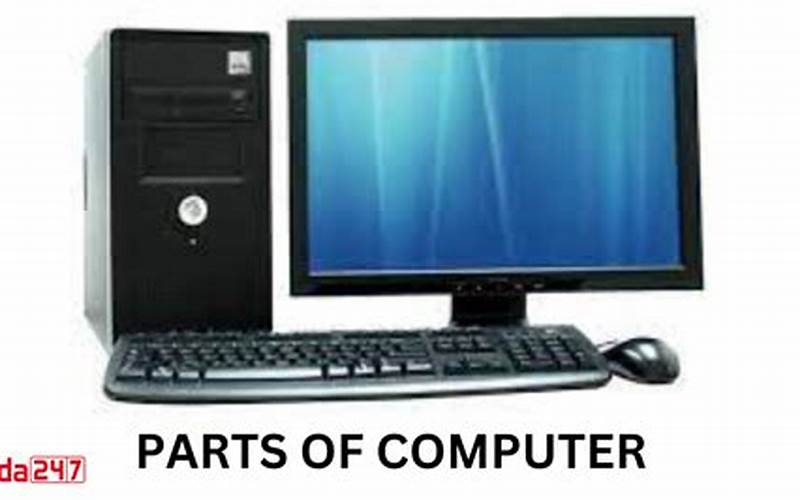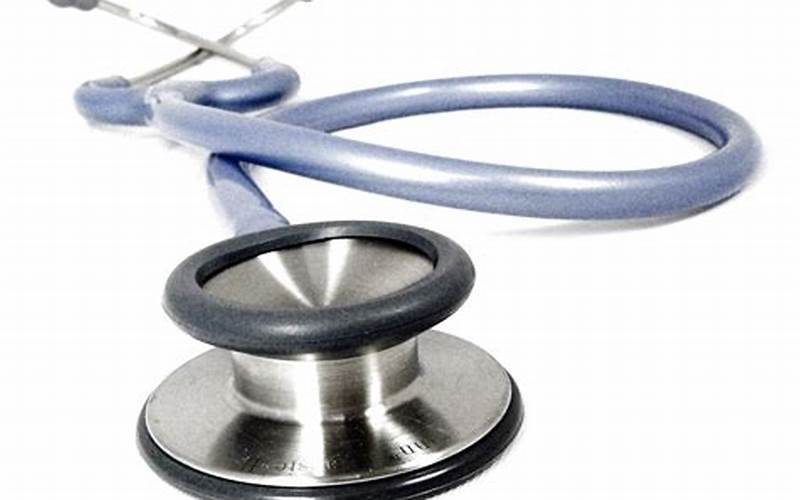Introduction Source: bing.com
Source: bing.com
Best the ultimate guide on electronic medical records (EMR) software. In today’s digital world, the healthcare industry has embraced technology to provide better patient care and streamline their operations. One such technology that has revolutionized the healthcare industry is electronic medical records software.
Before we dive into the details, let’s understand what electronic medical records (EMRs) software is all about. Simply put, electronic medical records software is a digital version of patient records and medical history. It contains all the necessary information about a patient’s medical history, diagnoses, treatments, and medications.
In this guide, we’ll explore the benefits of electronic medical records software, its features, key considerations while choosing EMR software, and the top EMR software available in the market.
So, keep reading to discover all you need to know about electronic medical records software.
What is Electronic Medical Records (EMRs) Software? Source: bing.com
Source: bing.com
Electronic Medical Records (EMRs) software is a digital version of patient medical records. It contains all the necessary information about a patient’s medical history, diagnoses, treatments, and medications. Electronic medical records software eliminates the need for paper-based records, making it easier for healthcare providers to access the patient’s medical history and provide accurate treatment.
The use of electronic medical records software enables healthcare providers to make informed decisions based on accurate, complete, and up-to-date medical history, leading to better patient outcomes.
Features of Electronic Medical Records (EMRs) Software Source: bing.com
Source: bing.com
| Features | Description |
|---|---|
| Patient Dashboard | Enables healthcare providers to access complete patient information, including appointments, medical history, allergies, and medications in a single view |
| Electronic Prescribing | Enables healthcare providers to generate and send prescriptions to pharmacies electronically, eliminating the need for paper-based prescriptions |
| Integration with Labs and Imaging | Enables healthcare providers to view patients’ test results and imaging studies in the EHR system |
| Appointment Scheduling | Enables healthcare providers to schedule and manage appointments, send appointment reminders, and track patient no-shows |
| Billing and Invoicing | Enables healthcare providers to generate and send invoices, track payments, and manage patient accounts |
| Reporting and Analytics | Enables healthcare providers to generate reports and analyze data to improve patient outcomes and operational efficiency |
| Mobile App | Enables healthcare providers to access patient information, schedule appointments, and send prescriptions from their mobile devices |
Benefits of Electronic Medical Records (EMRs) Software Source: bing.com
Source: bing.com
Electronic Medical Records (EMRs) software offers numerous benefits to healthcare providers, patients, and the healthcare industry as a whole. Let’s take a look at some of the benefits of electronic medical records software.
1. Improved Patient Care Source: bing.com
Source: bing.com
The use of electronic medical records software provides quick access to patient information, enabling healthcare providers to diagnose and treat patients faster and more accurately. Electronic medical records software also provides a comprehensive view of a patient’s medical history, enabling healthcare providers to make informed decisions about their care.
2. Better Coordination Source: bing.com
Source: bing.com
Electronic medical records software enables healthcare providers to access patient information from anywhere, making it easier to coordinate care with other providers. It also eliminates the need for paper-based records and faxing of information, reducing errors and delays in communication.
3. Improved Efficiency Source: bing.com
Source: bing.com
Electronic medical records software eliminates the need for manual paper-based record-keeping, freeing up healthcare providers’ time, which they can use to serve more patients. Electronic medical records software also streamlines billing and invoicing, reducing errors and delays, and simplifying the financial management of healthcare providers.
4. Enhanced Security Source: bing.com
Source: bing.com
Electronic medical records software provides enhanced security measures to protect patient information, ensuring that only authorized personnel can access the data. It also ensures that the data is backed up regularly, reducing the risk of data loss due to hardware failure or malicious attacks.
5. Cost Savings Source: bing.com
Source: bing.com
Electronic medical records software can help healthcare providers save costs by reducing the need for paper-based records, duplication of tests, and manual processes. It also streamlines billing and invoicing processes, reducing billing errors and ensuring timely payments.
6. Regulatory Compliance Source: bing.com
Source: bing.com
Electronic medical records software ensures regulatory compliance by providing audit trails, tracking changes, and enabling healthcare providers to meet the requirements of regulatory bodies such as HIPAA.
7. Improved Patient Engagement Source: bing.com
Source: bing.com
Electronic medical records software enables patients to access their medical records, view their test results, and communicate with healthcare providers through a patient portal. This improves patient engagement, enabling patients to take an active role in their healthcare.
Choosing the Right Electronic Medical Records (EMRs) Software Source: bing.com
Source: bing.com
Choosing the right electronic medical records software can be a daunting task, given the numerous options available in the market. However, some key considerations can help you choose the right EMR software for your practice. Let’s take a look at some of these considerations.
1. User-Friendly Interface Source: bing.com
Source: bing.com
Choose an electronic medical records software that has a user-friendly interface, making it easy for healthcare providers to navigate and use the software. The user interface should be intuitive and require minimal training to use.
2. Integration with Other Systems Source: bing.com
Source: bing.com
Choose an electronic medical records software that can integrate with other systems such as labs and imaging systems, billing and invoicing software, and practice management software. This ensures seamless data exchange and eliminates the need for manual data entry.
3. Customization Source: bing.com
Source: bing.com
Choose an electronic medical records software that can be customized to your practice’s unique needs. The software should offer customizable templates for note-taking, enable custom fields, and allow the creation of custom reports.
4. Security Measures Source: bing.com
Source: bing.com
Choose an electronic medical records software that provides robust security measures to protect patient data. The software should offer role-based access control, data encryption, and regular backups.
5. Cloud-Based or On-Premises Software Source: bing.com
Source: bing.com
Choose an electronic medical records software that fits your practice’s needs, whether cloud-based or on-premises. Cloud-based software offers flexibility and accessibility, while on-premises software offers greater control and security.
Top Electronic Medical Records (EMRs) Software Source: bing.com
Source: bing.com
Now that we know the benefits of electronic medical records software and what to consider while choosing the right EMR software let’s take a look at some of the top EMR software available in the market.
1. Epic Systems EHR Source: bing.com
Source: bing.com
Epic Systems EHR is one of the most popular EMR software available in the market, used by many large healthcare organizations. It offers a robust suite of features, including appointment scheduling, billing and invoicing, electronic prescribing, and reporting and analytics. Epic Systems EHR is also highly customizable, enabling healthcare providers to tailor the software to their unique needs.
2. Cerner EHR Source: bing.com
Source: bing.com
Cerner EHR is another popular EMR software used by many large healthcare organizations. It offers features such as appointment scheduling, electronic prescribing, and lab integration. Cerner EHR also offers a patient portal, enabling patients to access their medical records and communicate with healthcare providers.
3. Allscripts Professional EHR Source: bing.com
Source: bing.com
Allscripts Professional EHR is a cloud-based EMR software that offers features such as appointment scheduling, electronic prescribing, and reporting and analytics. It is also highly customizable, enabling healthcare providers to tailor the software to their unique needs.
4. NextGen Healthcare EHR Source: bing.com
Source: bing.com
NextGen Healthcare EHR is a cloud-based EMR software that offers features such as appointment scheduling, electronic prescribing, and lab integration. It also offers a patient portal, enabling patients to access their medical records and communicate with healthcare providers.
5. Kareo Clinical EHR Source: bing.com
Source: bing.com
Kareo Clinical EHR is a cloud-based EMR software that offers features such as appointment scheduling, electronic prescribing, and reporting and analytics. It is also highly customizable, enabling healthcare providers to tailor the software to their unique needs.
FAQs Source: bing.com
Source: bing.com
1. What is electronic medical records software?
Electronic medical records (EMR) software is a digital version of patient records and medical history. It contains all the necessary information about a patient’s medical history, diagnoses, treatments, and medications.
2. What are the benefits of electronic medical records software?
Electronic medical records software offers numerous benefits to healthcare providers, patients, and the healthcare industry as a whole. These benefits include improved patient care, better coordination, improved efficiency, enhanced security, cost savings, regulatory compliance, and improved patient engagement.
3. What should I consider while choosing electronic medical records software?
Key considerations while choosing electronic medical records software include a user-friendly interface, integration with other systems, customization, security measures, and whether the software is cloud-based or on-premises.
4. What are some of the top electronic medical records software?
Some of the top electronic medical records software available in the market include Epic Systems EHR, Cerner EHR, Allscripts Professional EHR, NextGen Healthcare EHR, and Kareo Clinical EHR.
5. Can electronic medical records software be customized?
Yes, most electronic medical records software can be customized to fit the unique needs of a practice. The software should offer customizable templates for note-taking, enable custom fields, and allow the creation of custom reports.
6. What security measures should electronic medical records software provide?
Electronic medical records software should provide robust security measures to protect patient data. The software should offer role-based access control, data encryption, and regular backups.
7. Is cloud-based electronic medical records software a better option than on-premises software?
Both cloud-based and on-premises electronic medical records software have their advantages and disadvantages. Cloud-based software offers flexibility and accessibility, while on-premises software offers greater control and security.
Conclusion Source: bing.com
Source: bing.com
Electronic medical records software has revolutionized the healthcare industry, enabling healthcare providers to provide better patient care and streamline their operations. We hope this guide has provided you with a better understanding of electronic medical records software, its benefits, and what to consider while choosing the right EMR software for your practice.
Remember to choose EMR software with a user-friendly interface, integration with other systems, customization, security measures, and whether the software is cloud-based or on-premises. Also, consider some of the top electronic medical records software such as Epic Systems EHR, Cerner EHR, Allscripts Professional EHR, NextGen Healthcare EHR, and Kareo Clinical EHR.
So what are you waiting for? Implement electronic medical records software today and experience the benefits of improved patient care, better coordination, improved efficiency, enhanced security, cost savings, regulatory compliance, and improved patient engagement.
Closing Source: bing.com
Source: bing.com
Thank you for reading our ultimate guide on electronic medical records software. We hope this guide has been informative and valuable. For any queries or suggestions, please feel free to reach out to us.
Disclaimer: The information provided in this guide is for informational purposes only and is not intended to be a substitute for professional medical advice, diagnosis, or treatment. Always seek the advice of a qualified healthcare provider with any questions you may have regarding a medical condition.